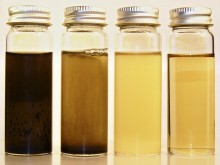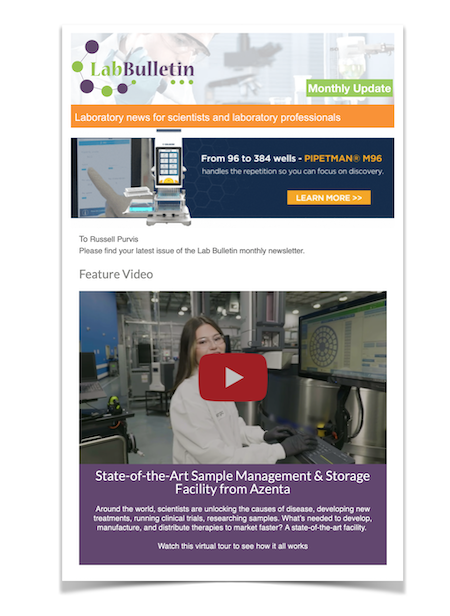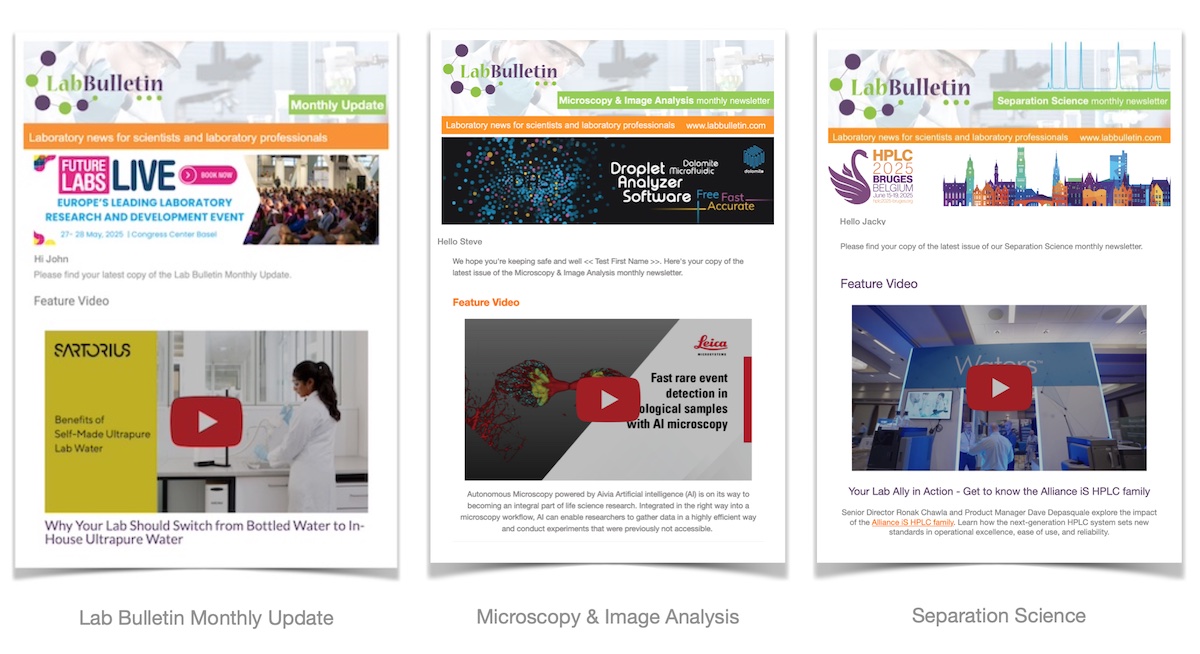Members Login

Channels
Special Offers & Promotions
Searching out spores? Lab M
 Lab M's new DRCM (ISO) is unique in being the only complete
and ISO formulated Differential Reinforced Clostridial Medium on the market.
DRCM (ISO) is used for the detection of clostridia spores - used as an
indicator of faecal contamination - from water and environmental samples using
the Most Probable Number (MPN) technique. It rapidly provides a visual
indication of the presence or absence of the target organism.
Lab M's new DRCM (ISO) is unique in being the only complete
and ISO formulated Differential Reinforced Clostridial Medium on the market.
DRCM (ISO) is used for the detection of clostridia spores - used as an
indicator of faecal contamination - from water and environmental samples using
the Most Probable Number (MPN) technique. It rapidly provides a visual
indication of the presence or absence of the target organism. Part of the company's highly regarded anaerobe range, this standardised medium is formulated to ISO 26461-1 for the detection and enumeration of the spores of sulphite-reducing anaerobes (Clostridia) in water. Simple to prepare, DRCM (ISO) enables the confident detection and enumeration of the spores of sulphite-reducing anaerobes (clostridia) in just 46 hours.
Widespread in the environment, the spores of sulphite-reducing anaerobes are more resistant than vegetative cells to physical and chemical change, and to chlorination, often surviving in water for long periods. Clostridia spores in particular can be useful indicators of intermittent and remote faecal contamination.
After first heat treating samples to remove vegetative cells, DRCM is used with the Most Probable Number (MPN) method to determine clostridia content per volume of sample. Thanks to the inclusion of iron (III) citrate in the DRCM formulation, blackening of the medium indicates sulphite reduction, highlighting the presence of sulphite-reducing bacteria.
For further details visit http://bit.ly/LABMDRCM
Media Partners


